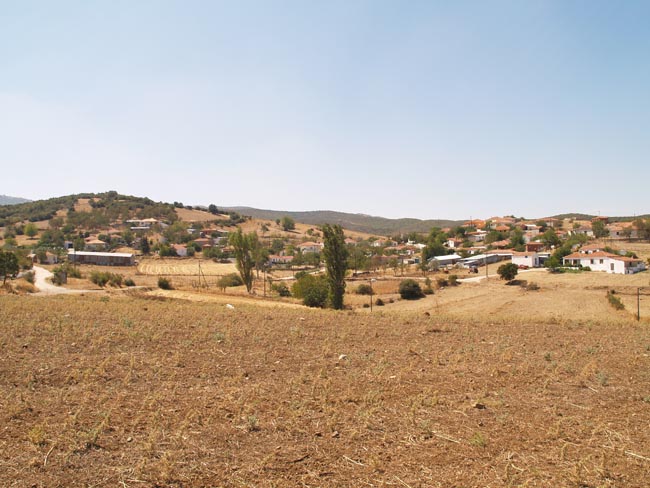At the beginning of the 19th century, during the persecutions of Ali Pasha, several Sarakatsani families left Agrafa and moved to various regions of Greece. Some of these families moved eastward to Othrys. During the Ottoman period, the Turks had settled in the area where the village of Neochoraki stands today, which at that time was called Indzek. After the liberation of Thessaly (1881), the Sarakatsani were once again left without land, as it had passed into the hands of a few landlords, who had acquired it from the Turks at minimal cost. After Thessaly’s liberation from the Turks, Greeks returned once more to the area, purchased it, and by adding a gamma (Γ) at the beginning and an iota (Ι) at the end, renamed it Gintzeki. At that time, the village was divided into two parts: the southern part called Gintzeki and the northern part Gintzekaki. It is said that thousands of years ago, in this area, there was the ancient city of Iton, known for the Temple of Athena Itonia, and later the Christian village of Itona.
From 1906 onwards, the Sarakatsani began to buy their own land in the area. Thus, Neochoraki, as it was named in 1927, was gradually inhabited by Sarakatsani who purchased land there. Today, it is a purely Sarakatsani settlement, belonging to the Municipality of Almyros, with approximately 200 inhabitants.


